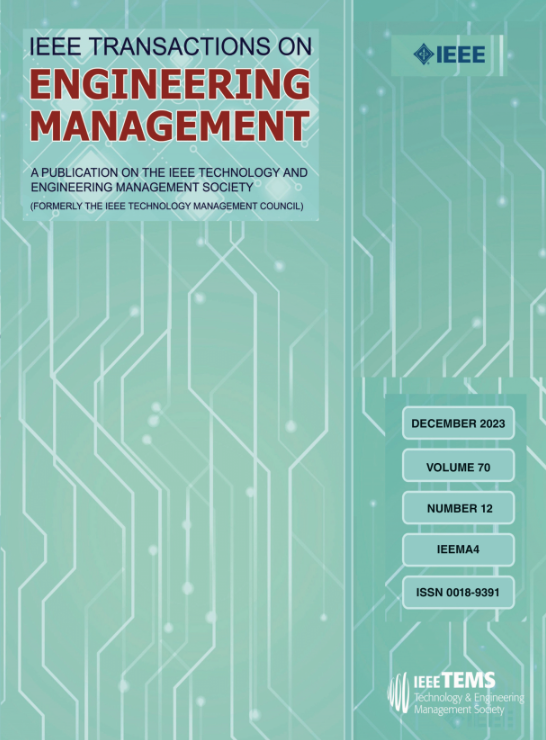生命周期预测:一个照明产品零售商的方法比较
IF 5.2
3区 管理学
Q1 BUSINESS
引用次数: 0
摘要
产品生命周期(PLC)预测是供应链管理中最具挑战性但又至关重要的方面之一。当需求和供应不匹配时,特别是在产品生命周期的开始,当新产品推出时,就会出现销售损失和库存成本过剩。我们提出的框架有助于决策支持系统在新产品plc预测中的应用。在本研究中,我们拟合分段线性曲线、n阶多项式曲线和Bass扩散曲线用于PLC预测,并使用一家专门从事照明产品零售商的真实数据比较它们的有效性。我们使用这些模型估计了2615种照明产品的plc,并选择最佳拟合曲线来预测它们的plc。我们还开发了一种算法来解决不平衡数据集带来的挑战,并将其应用于神经网络中进行预测建模,以确定产品的PLC阶段,需求类别和库存决策。结果表明,四阶多项式曲线可以准确预测63%的产品plc。低音扩散曲线表现第二好。我们的方法可以推广到其他行业的其他产品,并且可以有效地指导报废库存决策。本文章由计算机程序翻译,如有差异,请以英文原文为准。
Life Cycle Prediction: A Comparison of Methods for a Lighting Products Retailer
Product life cycle (PLC) prediction is one of the most challenging yet critically important aspects of supply chain management. Lost sales and excess inventory costs arise when there is a mismatch between demand and supply, especially at the beginning of a product’s life cycle when a new product is launched. Our proposed framework contributes to the application of decision-support systems in the prediction of PLCs of new products. In this study, we fit piecewise-linear curves, nth order polynomial curves, and Bass diffusion curves for PLC prediction and compare their effectiveness using real data from a retailer specializing in lighting products. We estimate the PLCs of 2 615 lighting products using these models and select the best-fit curve to predict their PLCs. We also develop an algorithm to address challenges posed by imbalanced datasets and apply it in neural networks for predictive modeling to determine a product’s PLC stage, demand class, and stocking decisions. The findings show that fourth-order polynomial curves can accurately predict the PLCs of 63% of the products. Bass diffusion curves emerge as the second-best performer. Our approach can be generalized to other products in other industries, and it can effectively guide end-of-life inventory decisions.
求助全文
通过发布文献求助,成功后即可免费获取论文全文。
去求助
来源期刊

IEEE Transactions on Engineering Management
管理科学-工程:工业
CiteScore
10.30
自引率
19.00%
发文量
604
审稿时长
5.3 months
期刊介绍:
Management of technical functions such as research, development, and engineering in industry, government, university, and other settings. Emphasis is on studies carried on within an organization to help in decision making or policy formation for RD&E.
 求助内容:
求助内容: 应助结果提醒方式:
应助结果提醒方式:


